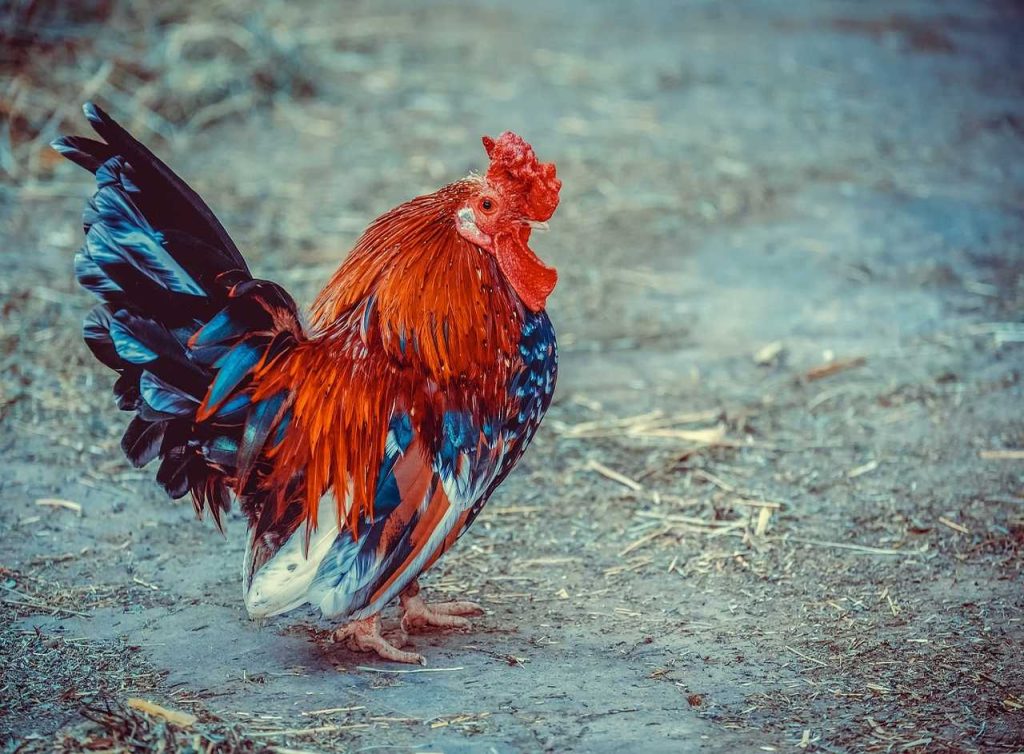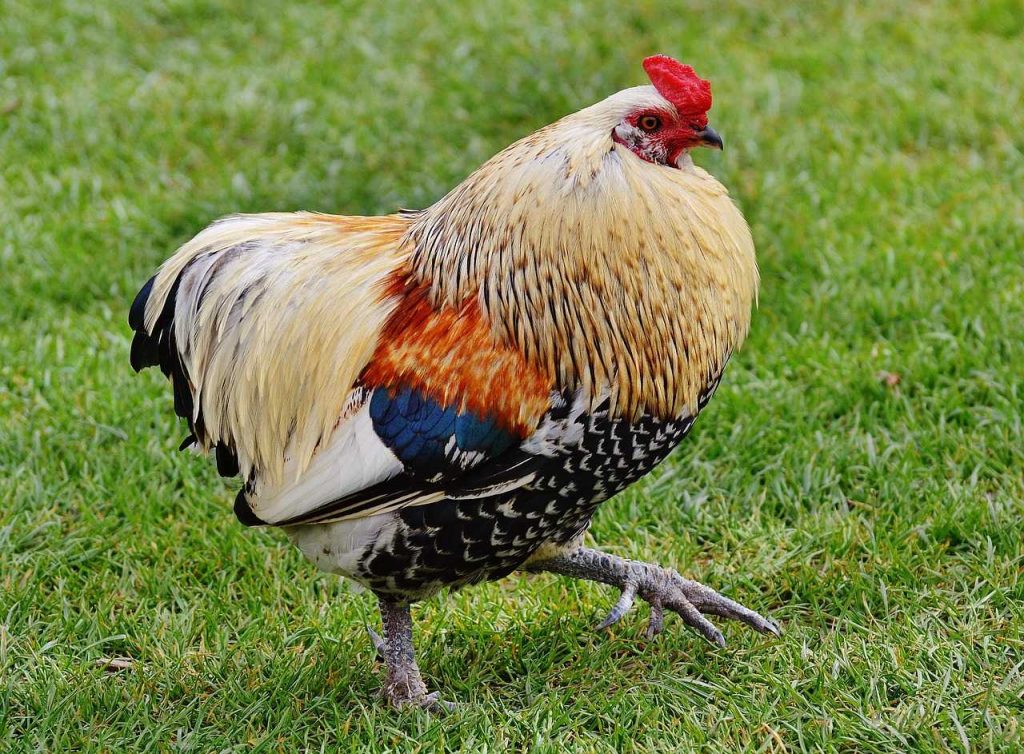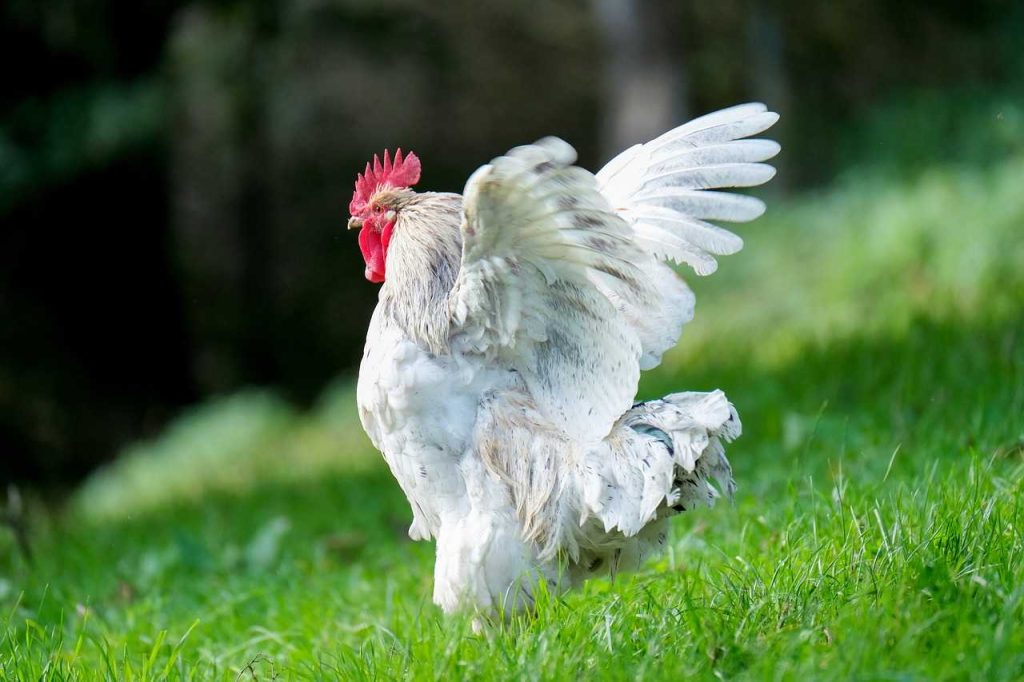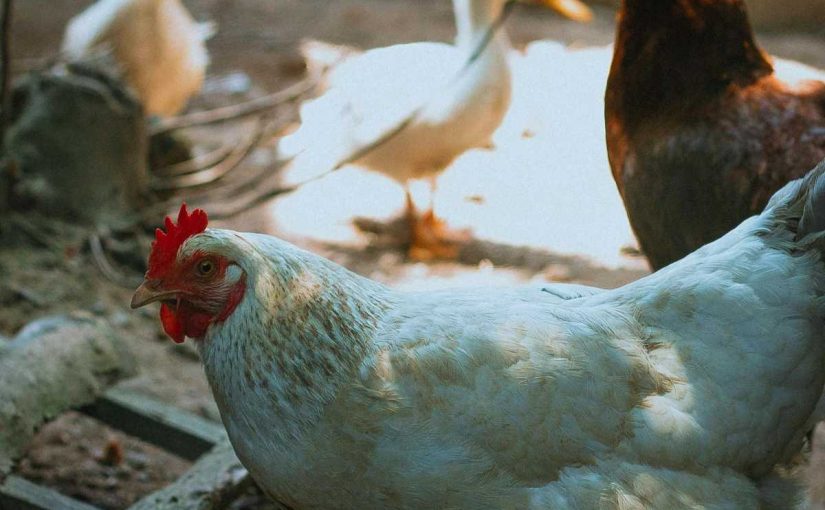Raising chickens in your backyard is a fun and rewarding experience. Not only do you get fresh eggs every day, but you also have friendly animals that help control pests and provide natural fertilizer for your garden. In cities and suburban areas, the trend of keeping backyard chickens is growing because they are easy to care for and offer many benefits.
In this ultimate guide, we will explain everything you need to know about raising chickens in your backyard – from selecting the right breeds to setting up a coop, feeding them, and keeping them healthy.

1. Why Raise Chickens in Your Backyard?
Raising chickens is not only a fun hobby but also an excellent way to live a more sustainable and self-sufficient life. Here are some reasons why backyard chickens are a great addition to your home:
- Fresh eggs: One of the main reasons people start raising chickens is for fresh eggs. Unlike store-bought eggs, backyard eggs are often fresher, richer in flavor, and contain more nutrients due to the chickens’ varied diet.
- Pest control: Chickens love to forage and will eat a variety of insects, including ticks, beetles, and flies. This natural pest control is especially helpful if you have a garden.
- Fertilizer: Chicken manure is high in nitrogen, making it an excellent natural fertilizer for your garden. It’s a sustainable way to boost soil fertility without using chemical fertilizers.
- Sustainability: By raising chickens, you contribute to a more sustainable lifestyle by reducing food waste (chickens love kitchen scraps) and reducing the need for industrially farmed eggs.
2. Selecting the Right Chicken Breeds for Your Backyard
Before starting your backyard chicken journey, it’s important to choose the right breeds based on your needs and environment. Different breeds have different temperaments, egg-laying capabilities, and space requirements. Here are some popular chicken breeds suitable for backyard environments:
- Rhode Island Red: This breed is one of the most popular for backyard flocks because they are hardy, friendly, and excellent egg layers. Rhode Island Reds can lay around 250 to 300 eggs per year.
- Leghorn: Leghorns are well-known for their prolific egg-laying ability, producing about 280 to 320 white eggs per year. They are active birds that are great foragers but can be a bit more flighty.
- Australorp: This Australian breed is a great choice for those looking for a calm and friendly bird that also lays a lot of eggs. They are good for beginners and can lay up to 250 eggs a year.
- Silkie: If you’re more interested in a pet than egg production, Silkies are a great option. They are fluffy, gentle, and make excellent pets for families with children. Although they don’t lay as many eggs, they’re prized for their sweet temperament.
- Orpington: Known for their docile nature and large size, Orpingtons are dual-purpose chickens, meaning they are good for both meat and eggs. They lay around 200 to 280 eggs per year and are great for cold climates.
When selecting a breed, also consider your local climate. Some breeds do better in colder weather, while others are more suited for hot climates. Additionally, think about the space you have available; some breeds need more room to roam, while others are content in smaller coops.
3. Setting Up the Perfect Chicken Coop
A well-designed chicken coop is essential for the health and happiness of your flock. It will protect them from predators, provide shelter from the elements, and give them a safe place to sleep and lay eggs. Here are the key factors to consider when building or purchasing a chicken coop:
a) Size and Space Requirements
Chickens need space to move around and stay healthy. On average, each chicken needs about 3 to 4 square feet of space inside the coop and 8 to 10 square feet in the run (the outdoor area where they can roam). Overcrowding can lead to stress, illness, and aggressive behavior.
b) Ventilation
Good ventilation is crucial to prevent moisture buildup and ammonia from chicken waste, which can cause respiratory issues. Make sure your coop has proper windows or vents to allow fresh air to circulate, especially during hot weather.
c) Nesting Boxes
Hens need a quiet, comfortable place to lay their eggs. Provide one nesting box for every three to four hens. The nesting boxes should be lined with clean bedding, such as straw or wood shavings, to keep the eggs clean and the hens comfortable.
d) Roosting Bars
Chickens like to perch when they sleep, so include roosting bars in the coop. These should be placed higher than the nesting boxes to encourage the chickens to sleep on the roosts and not in the nesting boxes.
e) Predator Protection
Backyard chickens are vulnerable to predators like foxes, raccoons, and even hawks. Ensure your coop and run are secure by using hardware cloth (a type of wire mesh) around the coop, burying the wire underground to prevent digging predators, and locking the coop door at night.

4. Feeding Your Chickens: Nutrition and Diet
Proper nutrition is key to keeping your chickens healthy and ensuring they lay plenty of eggs. Chickens require a balanced diet rich in protein, calcium, and other nutrients. Here’s what you need to know about feeding your chickens:
a) Commercial Feed
The easiest way to ensure your chickens get the nutrients they need is to provide them with high-quality commercial chicken feed. There are different types of feed depending on the age and purpose of your chickens:
- Chick starter feed: High in protein (around 18-20%), this feed is meant for chicks up to 8 weeks old.
- Grower feed: Slightly lower in protein (16-18%) and fed to chickens from 8 weeks until they start laying.
- Layer feed: Once your chickens start laying eggs, switch them to layer feed, which contains around 16% protein and added calcium for eggshell production.
b) Supplements
In addition to commercial feed, you can provide supplements like crushed oyster shells or limestone to ensure your hens are getting enough calcium for strong eggshells. Grit (small stones or gravel) is also important for chickens to help them digest their food.
c) Treats and Scraps
Chickens love treats and will happily eat kitchen scraps like vegetable peels, fruit, and leftover grains. However, be cautious not to overfeed them treats, as too much can upset the balance of their diet. Avoid feeding chickens salty, sugary, or fatty foods, as well as harmful items like avocado, chocolate, or raw potatoes.
d) Water
Always provide fresh, clean water for your chickens. Dehydration can lead to health problems and decreased egg production. In hot weather, ensure that the water stays cool and doesn’t evaporate quickly. In winter, use a heated waterer to prevent the water from freezing.
5. Daily Care and Chicken Health
To keep your chickens healthy and productive, regular care and attention are essential. Here are some daily and routine tasks to ensure the well-being of your flock:
a) Daily Tasks
- Feeding and watering: Check that your chickens have enough food and water every day. Clean and refill their water containers as needed.
- Egg collection: Collect eggs daily to prevent them from becoming dirty or cracked. Leaving eggs in the nest can also encourage hens to go broody (sit on eggs to hatch them), which can interrupt egg production.
- Cleaning the coop: Regularly clean out any wet or soiled bedding to maintain a hygienic environment. This will prevent the buildup of bacteria and pests.
b) Weekly and Monthly Care
- Check for parasites: Examine your chickens for mites, lice, or other external parasites. If you spot any, treat them immediately with poultry-safe powders or sprays.
- Worming: Chickens can pick up internal parasites from the ground. Regular deworming (every few months) is essential for their overall health.
- Inspect the coop: Check for any signs of predators trying to get into the coop, such as holes or loose wire. Make repairs as needed to keep your chickens safe.
c) Signs of a Healthy Chicken
Healthy chickens are active, alert, and have bright eyes and clean feathers. Their combs and wattles should be vibrant in color (usually red), and their legs should be smooth and free from scales. Keep an eye out for any changes in behavior, such as lethargy, weight loss, or a decrease in egg production, as these could be signs of illness.
6. Raising Chicks vs. Buying Adult Chickens

If you’re starting your flock, you can either raise chicks or buy adult chickens. Each option has its pros and cons:
- Raising chicks: This option allows you to raise your chickens from the beginning, which can be a rewarding experience. However, chicks require more care, including a brooder with heat, special chick feed, and close attention to their health. It will also take several months before they start laying eggs.
- Buying adult chickens: Purchasing adult hens means you’ll get eggs much sooner, but you may have less control over their upbringing. Adult chickens may also take time to adjust to their new environment, and it can be more challenging to find specific breeds.
7. Legal Considerations and Neighborhood Rules
Before getting chickens, it’s important to check your local laws and regulations. Many urban and suburban areas have specific rules regarding backyard chickens, such as the number of hens you can keep, restrictions on roosters (due to noise), and coop distance from neighboring properties. Be sure to follow all guidelines to avoid any legal issues.
Conclusion
Raising chickens in your backyard is a fulfilling and enjoyable activity that offers numerous benefits, from fresh eggs to natural pest control and fertilizer. By choosing the right breeds, setting up a safe and comfortable coop, feeding them a nutritious diet, and providing regular care, you’ll ensure a happy and healthy flock. Whether you’re a beginner or a seasoned chicken keeper, following this ultimate guide will help you raise chickens successfully and enjoy the rewards of backyard poultry keeping for years to come.



